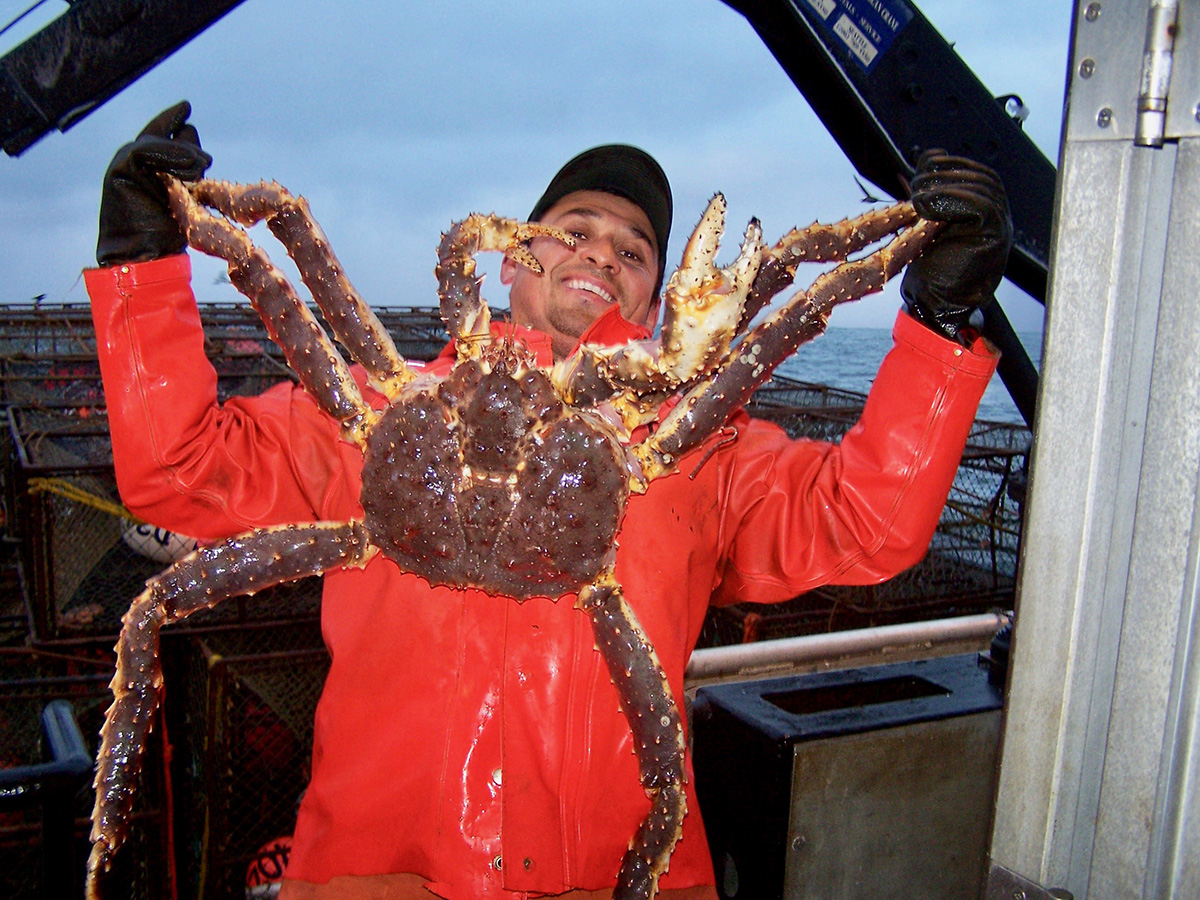Alaska's commercial fisheries division operates on a nearly $67 million budget, of which $36 million comes from state general funds. Gov. Mike Dunleavy’s proposed budget for FY2021 calls for a nearly $1 million reduction.
Here are targeted programs across the state at this early stage in the budget process, provided by United Fishermen of Alaska.
Crab lovers in Southeast Alaska could go without if funding (-$315,600) is eliminated for tracking the region’s red king crab population.
“A lot of people don't recognize that those stock assessments help evaluate if the personal use fishery can open. So without that assessment, there will be no personal use fisheries for red king crab in Southeast Alaska,” said Frances Leach, United Fishermen of Alaska executive director.
Leach said nearly 3,700 red king crab personal use permits are issued in Southeast every year. Only two commercial king crab fisheries have occurred in 10 years.
“The commercial fisheries division pays for a lot more than commercial fisheries,” Leach said. “We pay for research for personal use and sports. And it's something to be noted for sure.”
Cuts also are on deck for stock assessments for Southeast urchin and sea cucumber fisheries (-$19,900), which will likely reduce fishing time.
“Currently, dive fishermen are paying a good percentage of that assessment. And now Fish and Game is cutting their portion and looking elsewhere for the funding,” Leach said.
The Wrangell ADF&G office will be closed and one position will be relocated to Petersburg; the other will be eliminated (-$66,200).
In the central region, suppression projects for pike that are eating tiny salmon in the Susitna and Yenta rivers also are set for elimination (-$47,200).
“The Division of Commercial Fisheries is attempting to get sport fisheries to take over this project,” the UFA breakdown said.
At Kodiak, management of the Frazer Lake fish pass for sockeye salmon would be reduced (-$23,200).
Research on Bering Sea salmon would be cut (-$299,600) and funding would instead rely on grants or the federal government.
Aquaculture planning and permitting projects would be reduced, and a full-time biologist position lost in Juneau ($159,000). This comes at a time when mariculture of seaweeds and shellfish in Alaska is taking off, and new growers are waiting up to two years to get permits in hand.







